I am new to this forum. I have been an antique picker, treasure seeker for 20+ years. I also buy/sell antiques and I sell estates for clients. A month ago, I was hired to take care of an estate for a family with many never before seen antiques. Mostly from the 17th and 18th Century. The provenance from this family is pretty accurate. Most of the 17th/18th Century furniture are Georgian/Victorian era and are very well preserved. The family kept these items sealed in storage throughout the generations. That is what brings me to this cannonball... I can identify furniture, art etc, but artillery, weapons etc.. I am unfamiliar. The Grandfather is an upstanding citizen in my community, very well off and his information has been accurate in regards to his family's history. He explained that this unfired 'cannonball' was from around the 17th century. These items weren't purchased in antique stores, these items came from the period, collected from his family. Their location history is all through Europe and the US. I do not know the proper means to authenticate this piece of iron though. It is large, perfectly spherical and weighs around 30lbs (according to the only scale I had available, bathroom which is not entirely accurate). I did the old string around for circumference, and it's around 20" give or take. I do know from forums that I would need an accurate weight and diameter via caliber to know. I now own this cannonball and would love to know more information and if it is in fact a 17th C cannonball. Thank you.
Amazon Forum Fav 👍
Attachments
Last edited:
Upvote
1


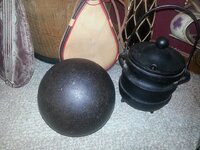
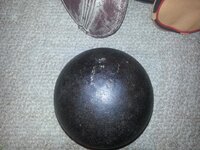
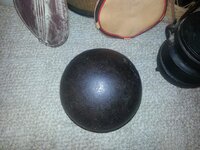
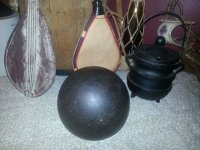
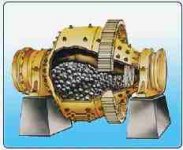
 Thanks again everyone!
Thanks again everyone!

